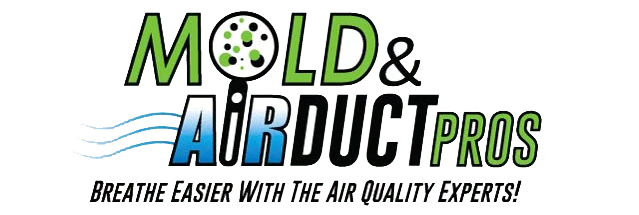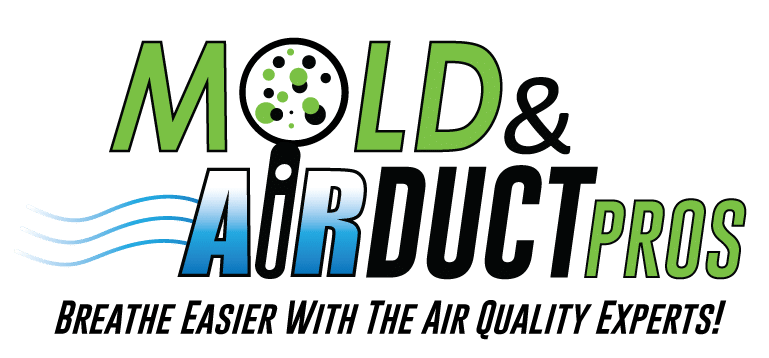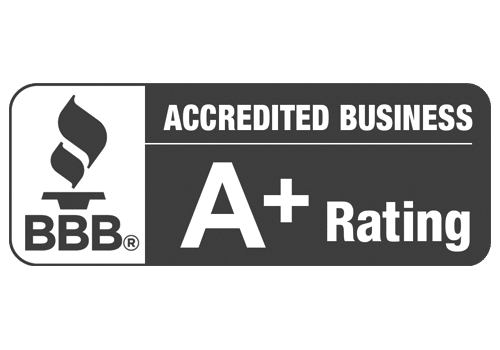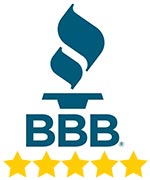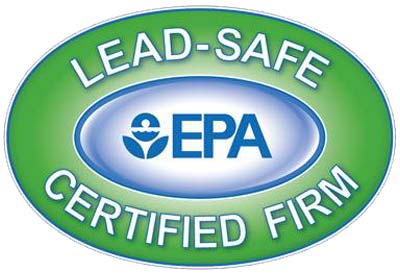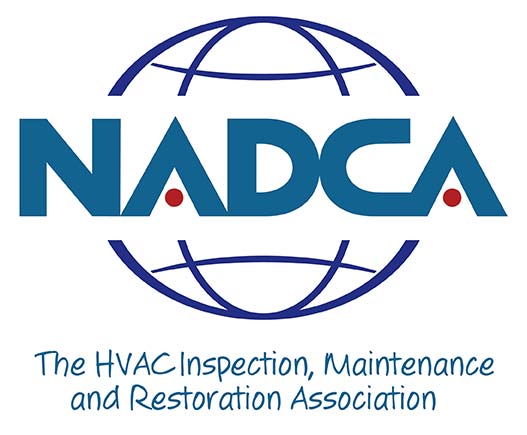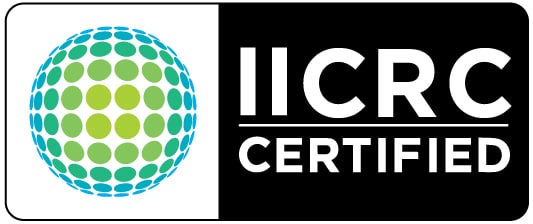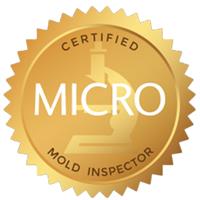Mold is all around us, both outdoors and inside our homes, no matter how clean they appear. Mold thrives in places that are dark, damp, and warm. Usually, mold inside homes doesn’t become a major problem until the amount indoors is higher than what’s outside. Wet areas in our homes, like basements and bathrooms, are common spots for mold to start because they’re often damp. In Cleveland, the challenge with mold is even bigger because of the city’s location by Lake Erie, leading to hot and humid summers and cold, wet winters. This mix of weather makes our homes more likely to have mold issues. Across the U.S., about 10% of all buildings face mold problems, but in cities like ours, the weather conditions make managing mold even more important. This article will dive into the basic facts about mold – where it’s found, how it impacts different areas, and why it’s crucial to keep an eye on it.
Table of Contents
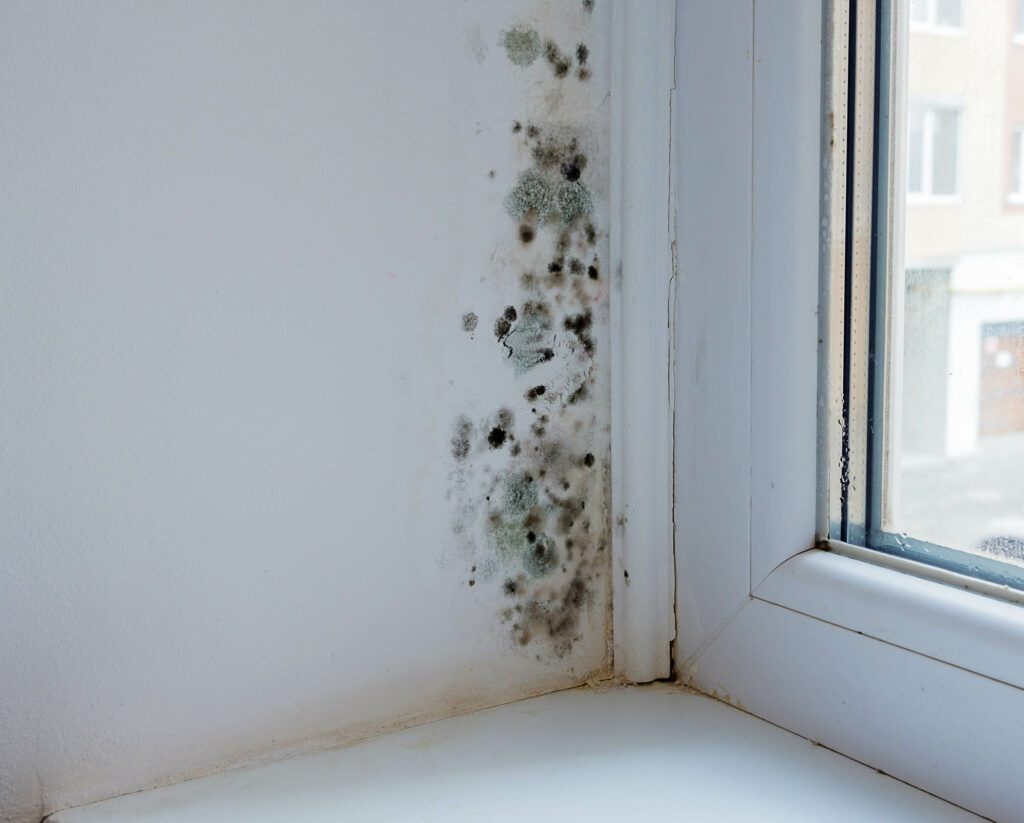
Facts About Mold – Overview
Molds are types of fungi that grow in filaments and reproduce by releasing spores. Mold spores are tiny, according to University of Central Florida they are 3 to 40 microns in size (smaller than the diameter of a human hair), and cannot be seen by the naked eye. They are very hardy and can survive for long periods under conditions in which they cannot grow, such as drier environments. These spores are the cause of allergic reactions in people sensitive to mold. Allergic reactions to mold can include wheezing, runny nose, watery and itchy eyes, coughing, or skin rashes.
Individual mold spores are between 3 to 40 microns in size – smaller than the diameter of a human hair.
The most common types of household mold include Cladosporium, Penicillium, Alternaria, and Aspergillus. Stachybotrys, the infamous “black mold” that everyone has heard about and fears, prefers to grow on materials with high cellulose content, like wood, paper, and drywall, especially when these materials become water-damaged and remain damp. Black mold is particularly concerning because it can produce mycotoxins, substances that can be harmful to humans and animals if inhaled or ingested. Exposure to these toxins can lead to various health issues, ranging from breathing problems and allergic reactions to more severe health conditions in some cases. Because of its affinity for damp environments, preventing black mold involves controlling moisture levels in buildings, fixing leaks promptly, and ensuring good ventilation.
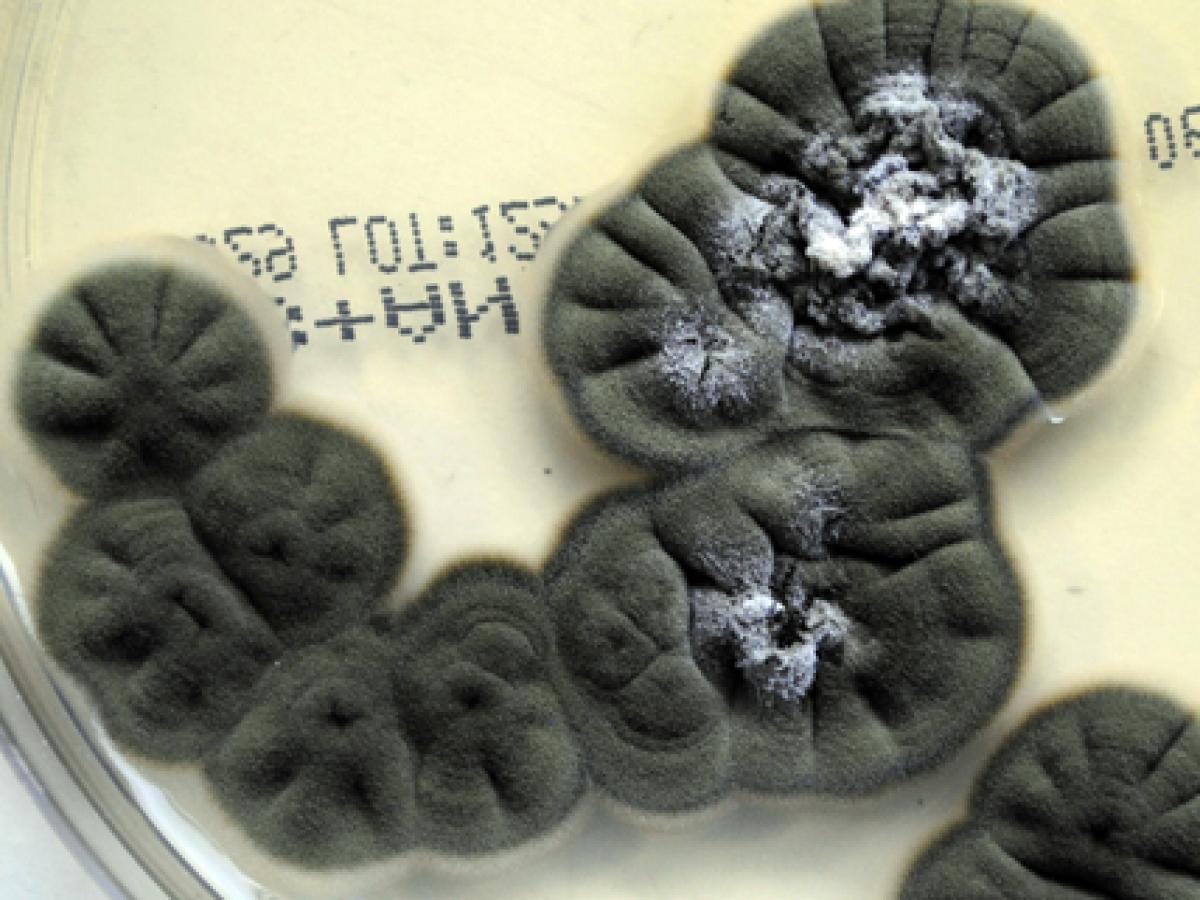
adelaide.edu.au
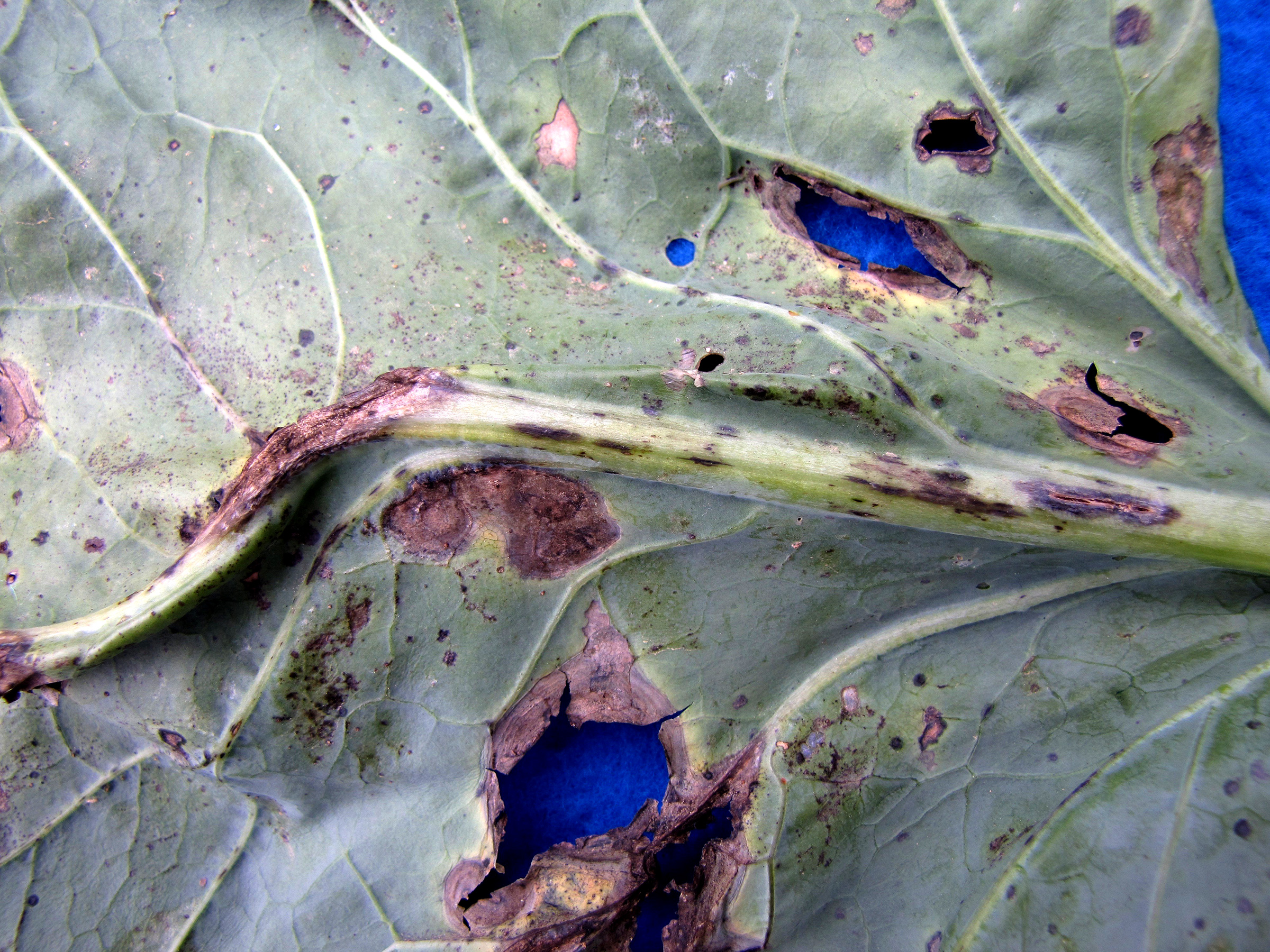
Cornell

Joseph Berger

(c) Josh McGinnis – some rights reserved (CC BY-NC)
Health Impact Statistics
Several groups of individuals may develop severe reactions to mold exposure. These groups include young children, pregnant women, older individuals, and people with compromised immune systems according to the American Association of Pediatrics article on health affects from mold. Although some of these symptoms are uncommon, they can include fever and difficulty breathing. People with chronic lung disease or undergoing chemotherapy treatments can develop serious, life threatening infections due to being exposed to mold spores.
Mold spores have been linked to a tripling of asthma rates over the past 20 years and are implicated in nearly all chronic sinus infections affecting 37 million Americans, according to a study by the Mayo Clinic. The CDC warns that people with chronic lung disease may even get infections in their lungs from mold. Furthermore, with individuals in industrialized nations spending approximately 90% of their lives indoors, the potential for mold exposure and its health impacts are significant.
Mold spores have been linked to a tripling of asthma rates over the past 20 years.
Geographic Location
The battle against mold is not fought on equal ground across the United States. Climate plays a pivotal role in mold prevalence, with humid regions experiencing a higher rate of mold infestations. This is due to the simple fact that mold thrives in moist environments, making areas with high humidity, such as the Southeastern U.S., hotspots for mold growth. Conversely, drier climates face a lesser threat, showcasing the importance of understanding regional differences when addressing mold issues.
Here in Cleveland, mold can be especially troublesome. Because we are right by Lake Erie, this makes its summers hot and sticky and its winters cold and wet. This mix of weather means there’s often a lot of moisture around, which mold loves.
In the summer, the air is very warm and humid, making it easy for mold to grow in homes – especially in attics and behind walls exposed to water. Then, in the winter, Cleveland gets a lot of snow and cold weather. This can lead to leaks in roofs and basements as snow melts or during sudden thaws, giving mold a chance to start growing in those wet spots. The weather here can change fast, too. When it goes from cold to warm quickly, it can make water condense (turn from air into water droplets) inside houses, especially in places that don’t have good airflow or insulation. This can also make mold problems worse. Being close to the lake also means we get more storms that can cause flooding. Floods can make homes wet and moldy if the water isn’t cleaned up right away.
For people living in Cleveland, it’s important to keep an eye out for mold all year. This means keeping the air in your home dry, fixing leaks fast, and making sure your home has good airflow. It’s all about being ready and taking care of your home to keep mold away.
The diversity of mold species varies greatly with geographic location. Interestingly, fewer fungal species are found in tropical regions compared to temperate climates, where fungal diversity increases with distance from the equator. Among the indoor environments, fifty to one hundred different molds are typically found, especially in water-damaged buildings, highlighting the need for diligent water damage management and mold prevention strategies .
Interestingly, fewer fungal species are found in tropical regions compared to temperate climates.
Bleach Is Not The Answer
Contrary to thousands of TV shows, radio shows, and websites, an important fact about mold is that chlorine bleach is NOT an effective means of dealing with mold. Chlorine bleach is only effective on hard, non-porous surfaces like granite countertops or concrete. It is not effective for cleaning porous surfaces such as drywall, wood, or wallpaper. The EPA confirms this in their article on whether or not you should use bleach to remove mold. This article explains 7 Common Pitfalls: DIY Mold Removal Risks you should be aware of.
Chlorine bleach is not an effective means of dealing with mold.
Types of Buildings
Mold does not limit its reach to residential homes; it is a concern in various types of buildings, including schools, offices, and healthcare facilities. Each building type faces unique challenges in mold prevention and remediation, influenced by factors such as usage, ventilation, and maintenance practices. Presenting data on the percentage of each building type affected by mold would shed light on the scope of the problem and guide targeted interventions.
Indoor vs. Outdoor Mold
Understanding the dynamics between indoor and outdoor mold prevalence offers insights into the nature of mold infestations. A study highlighted by Scientific American found that the variety of fungi indoors closely mirrors that found outdoors in a given geographic location. This suggests that indoor mold types are more influenced by their outdoor counterparts than by the building’s materials or use. Such findings emphasize the importance of managing indoor environments to mitigate mold growth, considering the outdoor environment’s significant influence.
Public Awareness
A study found that while 96% of respondents acknowledged that mold could cause or aggravate health problems, most underestimated its presence in their own homes. This disconnect between awareness and personal acknowledgment of the issue points to a significant challenge in mold management. Despite mold being found in 100% of the homes tested in the study, only 17% of participants believed they had a mold problem [https://www.infectioncontroltoday.com/view/indoor-mold-pervasive-us-homes-according-study-presented-allergy-and]. This underestimation underscores the need for increased education and awareness efforts.
Despite mold being found in 100% of the homes tested in the study, only 17% of participants believed they had a mold problem.
Mold Testing
Checking for mold in homes and buildings is really important for dealing with mold problems. Knowing how often experts are called to check for mold can help us see how much people know about mold and what they’re doing to stop it from becoming a problem.
